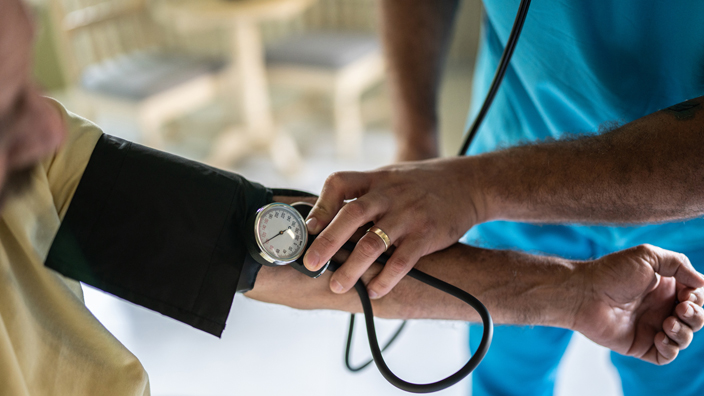About 38 million adults in the United States have diabetes, and 1 in 5 of them don’t know they have it, according to the Centers for Disease Control and Prevention.
Diabetes is a chronic disease that occurs when levels of blood glucose, or blood sugar, are too high, affecting how the body turns food into energy.
Insulin is a hormone that manages blood sugar levels. With diabetes, the pancreas doesn’t make enough insulin or the body doesn’t use it properly, allowing too much glucose to build up in the bloodstream.
Diabetes raises the risk of damage to the eyes, kidneys, nerves and heart. It is also linked to certain types of cancer.
There are two main types of diabetes:
• Type 1 diabetes occurs when the pancreas makes little or no insulin, requiring a person to administer daily insulin to survive. It is usually diagnosed in children and young adults, and symptoms often develop quickly.
• Type 2 diabetes occurs when the body doesn’t use insulin properly. It develops over many years and is usually diagnosed in adults. Symptoms are often unnoticeable, so it is important to get your blood sugar tested if you’re at risk.
A healthy lifestyle can help manage diabetes, including losing extra weight; being more physically active; eating plant foods such as fruits, vegetables and whole grains; eating good fats such as olive oil and nuts; and avoiding fad diets.
The CDC’s website has more information.



